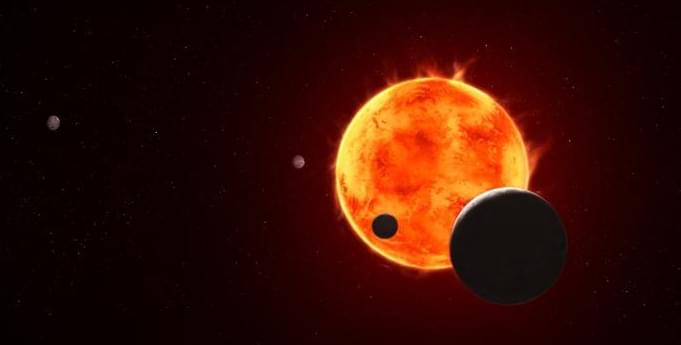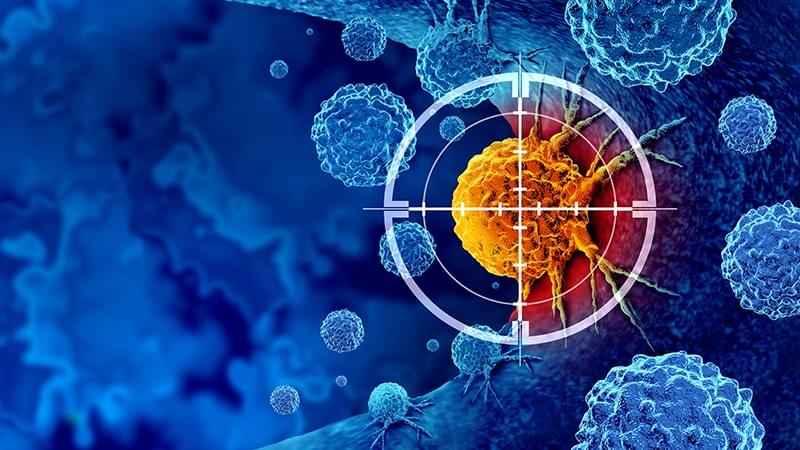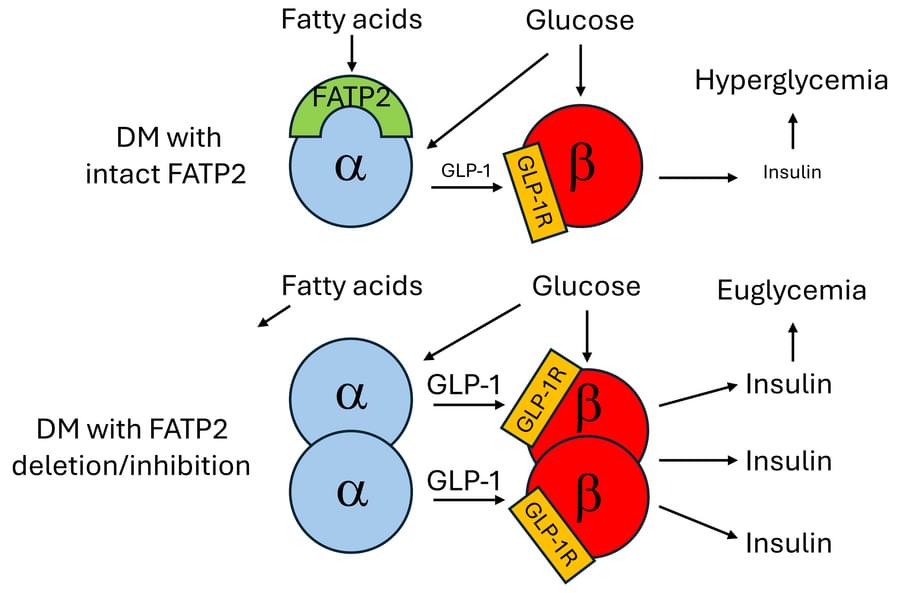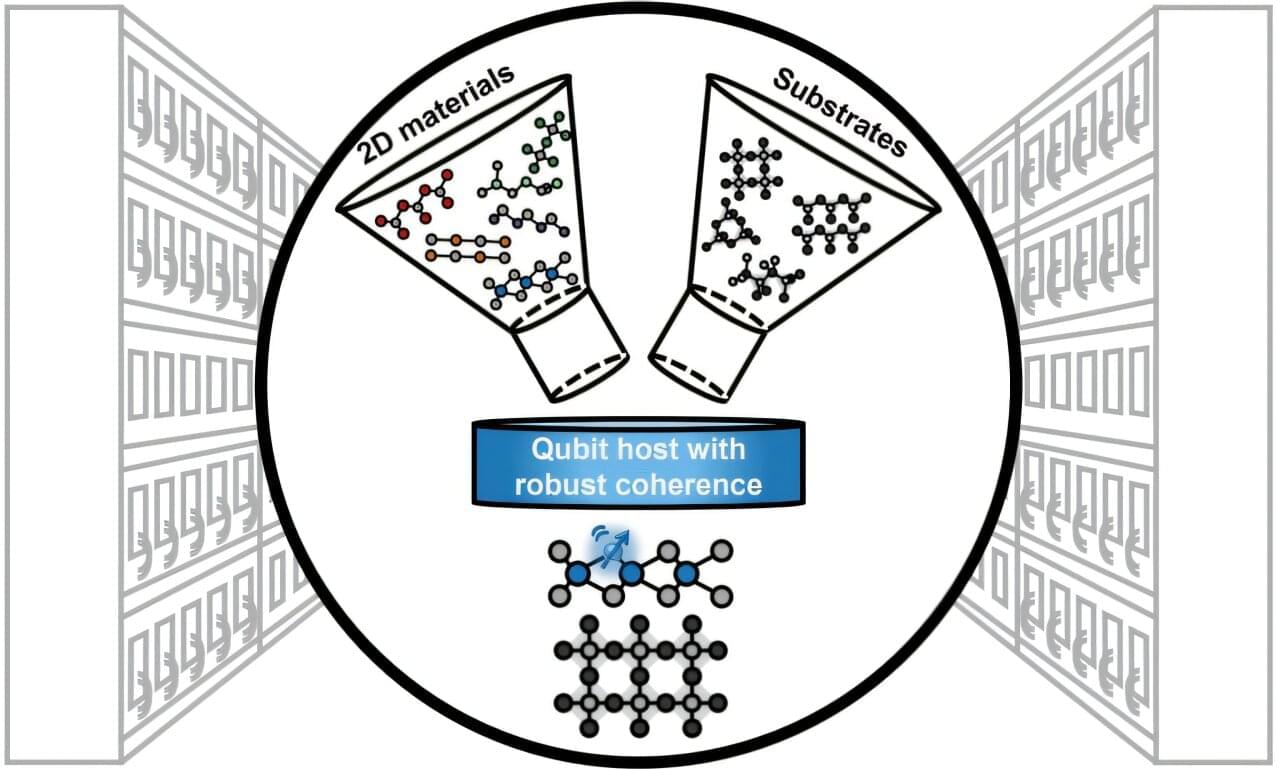CH_3OH and HCN in Interstellar Comet 3I/ATLAS Mapped with the ALMA Atacama Compact Array: Distinct Outgassing Behaviors and a Remarkably High CH_3OH/HCN Production Rate Ratio.
We report the detection of methanol (CH$_3$OH) toward interstellar comet 3I/ATLAS using the Atacama Compact Array of the Atacama Large Millimeter/Submillimeter Array (ALMA) on UT 2025 August 28, September 18 and 22, and October 1, and of hydrogen cyanide (HCN) on September 12 and 15. These observations spanned pre-perihelion heliocentric distances ($r_H$) of 2.6 — 1.7 au. The molecules showed outgassing patterns distinct from one another, with HCN production being depleted in the sunward hemisphere of the coma, whereas CH$_3$OH was enhanced in that direction. Statistical analysis of molecular scale lengths in 3I/ATLAS indicated that CH$_3$OH included production from coma sources at $L_p258$ km at 99% confidence, although low signal-to-noise on long baselines prevented definitively ruling out CH$_3$OH as purely a parent species.







